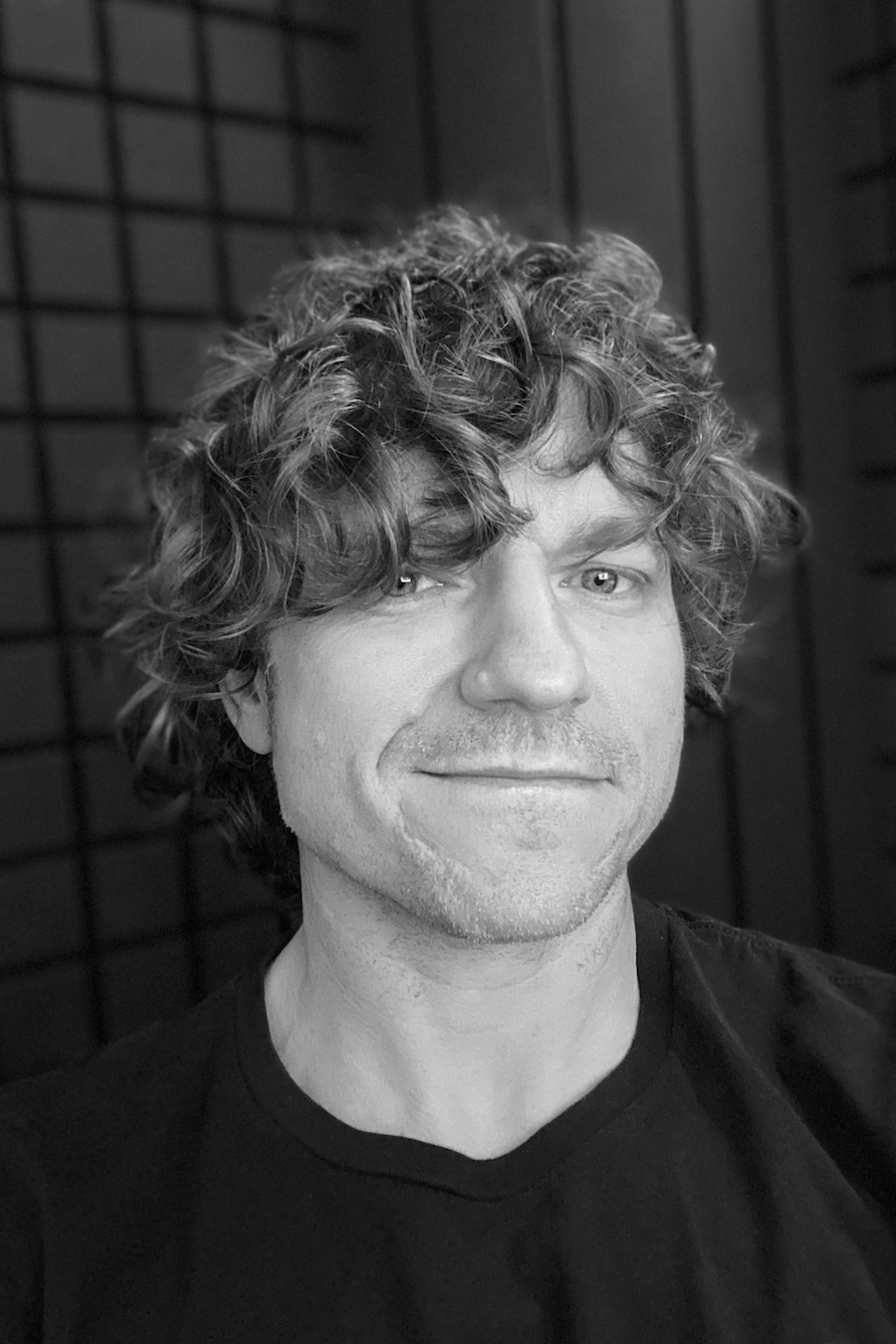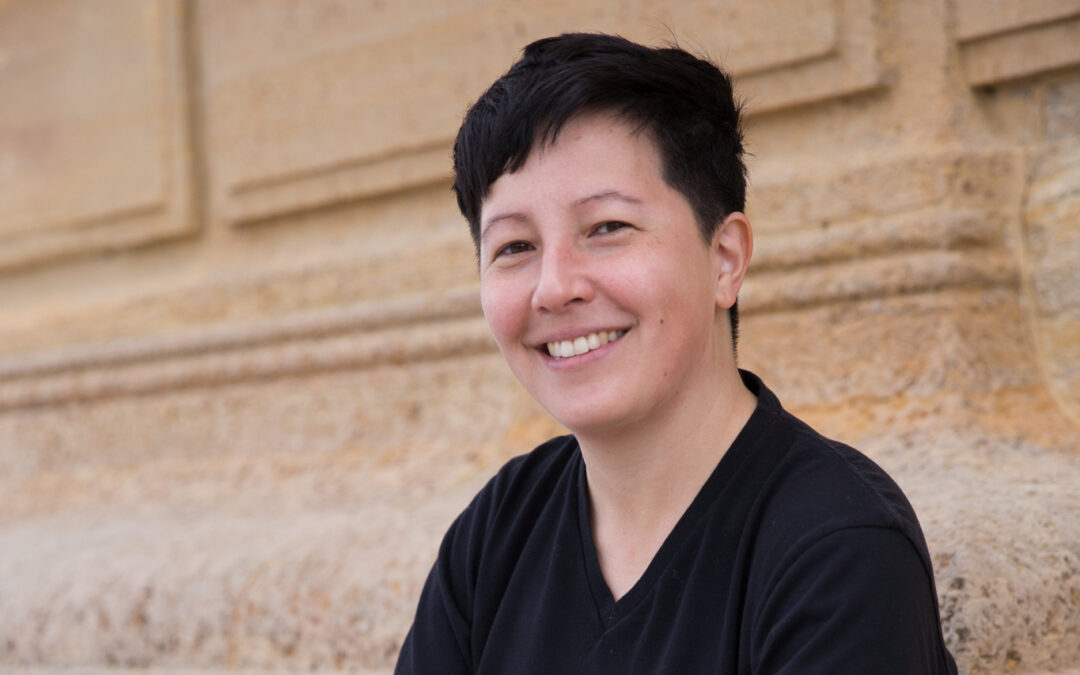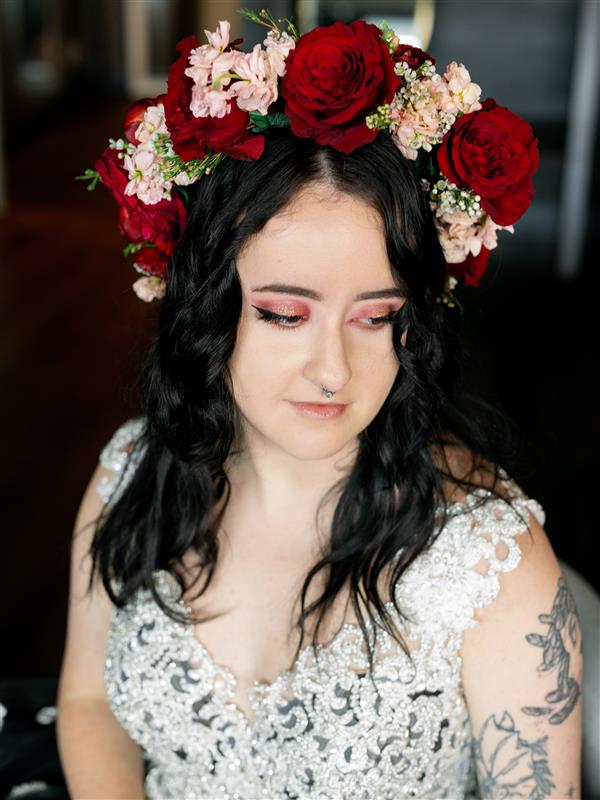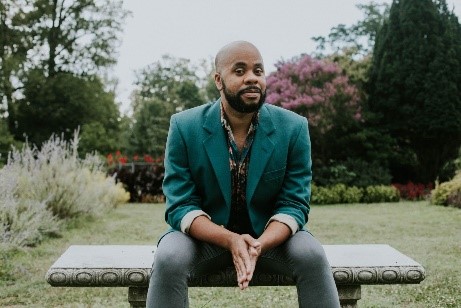
by Michele Kirichanskaya | Jul 19, 2024 | Blog
Travis Baldree is a full-time audiobook narrator who has lent his voice to hundreds of stories. Before that, he spent decades designing and building video games like Torchlight, Rebel Galaxy, and Fate. Apparently, he now also writes books. He lives in the Pacific...

by Michele Kirichanskaya | Jun 12, 2024 | Blog
Marisa Kanter (she/her/hers) is a young adult author, amateur baker, and reality television enthusiast. She is the author of What I Like About You, As If on Cue, and Finally Fitz. Born and raised in the suburbs of Boston, her obsession with books led her to New York...

by Michele Kirichanskaya | May 25, 2024 | Blog
Andrea Tsurumi (they/them) is a Philadelphia-based children’s book author, illustrator andcartoonist. Their books include Accident!, Crab Cake, I’m On It!, and they’ve illustrated Mr.Watson’s Chickens, Sharko & Hippo, and the Kondo & Kezumi series, among other...

by Michele Kirichanskaya | Feb 16, 2024 | Blog
Deya Muniz was born and raised in Rio de Janeiro, Brazil, where they grew up watching Pride and Prejudice and reading copious amounts of shojo manga. In 2017, they moved to the United States to pursue a master’s degree in sequential art, where they met and fell...

by Michele Kirichanskaya | Dec 12, 2023 | Blog
R. Eric Thomas is the bestselling author of Here for It, a Read with Jenna book club pick featured on Today and a Lambda Literary Award finalist. He is the co-author of Reclaiming Her Time, a biography of Rep. Maxine Waters. He is also a television writer...






